Contents
Page List
Guide
COMMANDING
 THE
THE 
PACIFIC
COMMANDING
 THE
THE 
PACIFIC
MARINE CORPS GENERALS IN WORLD WAR II
STEPHEN R. TAAFFE
NAVAL INSTITUTE PRESS
ANNAPOLIS, MARYLAND
Naval Institute Press
291 Wood Road
Annapolis, MD 21402
2021 by Stephen R. Taaffe
All rights reserved. No part of this book may be reproduced or utilized in any form or by any means, electronic or mechanical, including photocopying and recording, or by any information storage and retrieval system, without permission in writing from the publisher.
Library of Congress Cataloging-in-Publication Data
Names: Taaffe, Stephen R., author.
Title: Commanding the Pacific : Marine Corps generals in World War II / Stephen R. Taaffe.
Other titles: Marine Corps generals in World War II
Description: Annapolis, Maryland : Naval Institute Press, 2021. | Includes bibliographical references and index.
Identifiers: LCCN 2021012742 (print) | LCCN 2021012743 (ebook) | ISBN 9781682477083 (hardcover) | ISBN 9781682477090 (epub) | ISBN 9781682477090 (pdf)
Subjects: LCSH: United States. Marine CorpsHistoryWorld War, 19391945. | Command of troops. | GeneralsUnited StatesBiography. | United States. Marine CorpsOfficersBiography. | Leadership.
Classification: LCC D769.369 .T33 2021 (print) | LCC D769.369 (ebook) | DDC 940.54/59730922dc23
LC record available at https://lccn.loc.gov/2021012742
LC ebook record available at https://lccn.loc.gov/2021012743
 Print editions meet the requirements of ANSI/NISO z39.48-1992 (Permanence of Paper).
Print editions meet the requirements of ANSI/NISO z39.48-1992 (Permanence of Paper).
Printed in the United States of America.
29 28 27 26 25 24 23 22 219 8 7 6 5 4 3 2 1
First printing
To Cynthia
Contents
Maps
Acknowledgments
I nnumerable people assisted me during the four years it took to research and write this book. My department chair, Professor Troy Davis, secured funds for me to travel to Marine Corps University, in Quantico, Virginia, to examine Marine Corps records. The folks at the universitys History Division, especially Fred Allison, Betty Mayfield, and Alisa Whitley, helped me locate important sources.
My good friend and colleague Professor Philip Catton read through the manuscript and offered his usual sage advice. Another colleague, Brookford Poston, kept me from working ceaselessly and obsessively on the manuscript by visiting my office most weekdays to discuss anything but the Marine Corps. Still another friend, Ken Arbogast-Wilson, drafted the maps for me. I am grateful that Susan Brook and the staff at the Naval Institute Press were willing to publish this manuscript.
Finally, I could not have written this book without the help of my wife, Cynthia. It recently occurred to me that she is the only person who has read all of my scholarly work over the past twenty years, which makes her the epitome of the long-suffering academic spouse.
INTRODUCTION
P erched on Iwo Jimas southwestern corner, Mount Suribachi looms ominously over the islands eight square miles of volcanic ash and barren ridges. By the time U.S. Marines landed there on 19 February 1945, Iwo Jimas 21,000 Japanese defenders had honeycombed Suribachi and the rest of the island with an intricate and interlocking network of pillboxes, gun emplacements, tunnels, and machine-gun nests. From these positions they rained fire on the Marines struggling to establish a beachhead and bring ashore the supplies, equipment, and reinforcements necessary to secure the island. The Marines in turn gave as good as they got, pounding Suribachi and the rest of Iwo Jima with artillery, naval gunfire, and airstrikes.
On 23 February, four days after the Marines first came ashore, Japanese resistance on Suribachi appeared to soften. On that cool and blustery morning, a small Marine patrol reached Suribachis summit unopposed. Rather than test their luck, the leathernecks opted to withdraw. Even before that patrol had returned to U.S. lines, however, a larger, platoon-sized force started up the mountain. Riflemen pushed cautiously uphill while keeping a wary eye out for snipers, uncovered cave entrances, and landmines. Stretcher-bearers, Navy corpsmen, and a camera crew trailed behind. Like the Marines in the first patrol, they drew no fire as they reached Suribachis peak and fanned out over the crest of the mountain. Someone scavenged a section of drainage pipe, attached a small American flag to it, and raised it into the stiff breeze.
Marines throughout the area saw the flag flying over Suribachi and cheered it as a sign that they were winning the battle. Sailors offshore spotted it as well, and soon vessels protecting and succoring the Marine foothold on the island blared their horns to acknowledge the good news. The information traveled along the beachhead and to the remainder of the fleet via radio and loudspeakers. On a Higgins boat headed to shore, Secretary of the Navy James Forrestal, who had crossed the Pacific for a firsthand view of the war, also noticed the flag. He lowered his binoculars, turned to his companion, Gen. Holland Smith, and said, Holland, the raising of that flag on Suribachi means a Marine Corps for the next five hundred years.
As Forrestal finished talking, the Japanese troops still holed up inside Suribachi opened fire on the marines on the summit, forcing them to take cover. Renewed Japanese opposition could not, however, negate that the Marines held the mountaintop. Later that morning, another Marine patrol scaled Suribachi with a second, much larger, American flag. The press photographer Joe Rosenthal immortalized the otherwise routine raising of this flag in an iconic photo that won the Pulitzer Prize and became one of the most recognized representations of the conflict.
The raising of the American flags over Mount Suribachi is an oft-told story, part of Marine Corps lore. The Battle of Iwo Jima was, after all, not only the biggest Marine operation in World War Two, but it also encompassed everything the Marine Corps purported to represent: courage, sacrifice, honor, comradery, persistence, and discipline. Despite the engagements renown, even World War II buffs remain unfamiliar with the Marine commander at Iwo Jima who fought and won the battleGen. Harry Schmidt, head of the V Amphibious Corps. Smith had led the Fleet Marine Force in the Pacific, but he exercised almost no direct authority over tactical operations on the island. Instead, it was Schmidt who bore the leadership burden on Iwo Jima, but he has received little acknowledgment for his role and actions even in detailed accounts of the operation.
The anonymity of Marine Corps World War II commanders is not limited to Schmidt on Iwo Jima. Although such Marine battles as Guadalcanal, Tarawa, and Iwo Jima are well known, most military enthusiasts are unaware of the generals who led the leathernecks through these horrific engagements. This contrasts sharply with the experience of the Army and the Navy. Army generals George Marshall, Dwight Eisenhower, Douglas MacArthur, and George Patton are readily recognized among people with even a passing familiarity with World War II. Even the naval commanders Ernest King, Chester Nimitz, and William Halsey ring a bell with the historically literate. The names of Marine Corps generals such as Schmidtmen who led tens of thousands of leathernecks through some of the Pacific Wars most important and difficult battleshave been all but forgotten.

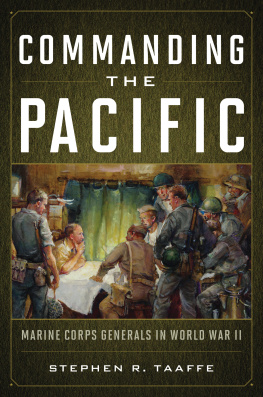
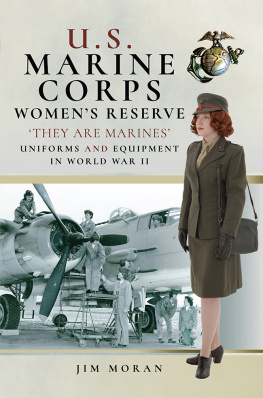
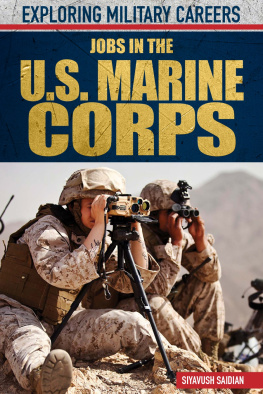
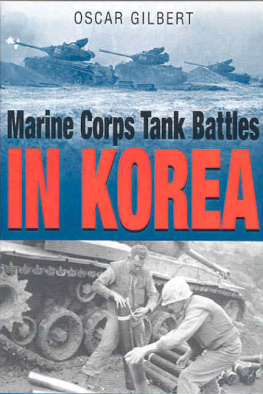

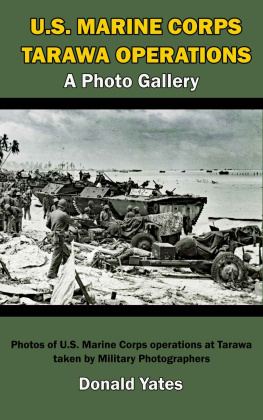

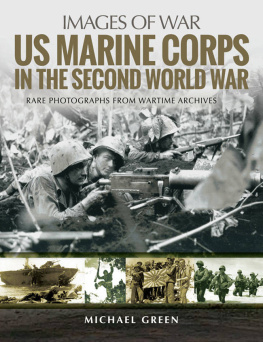
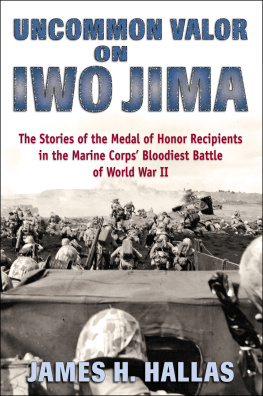
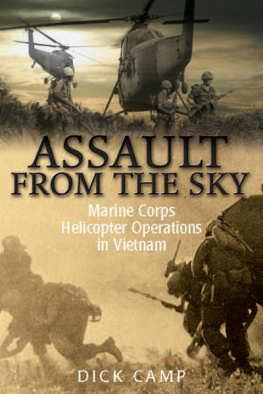

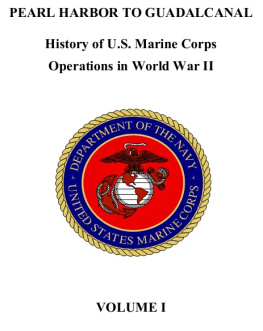
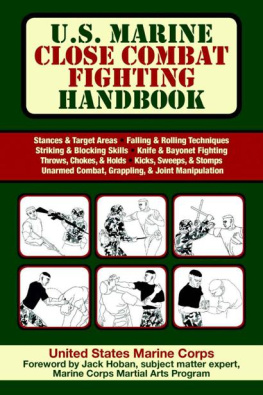

 THE
THE  Print editions meet the requirements of ANSI/NISO z39.48-1992 (Permanence of Paper).
Print editions meet the requirements of ANSI/NISO z39.48-1992 (Permanence of Paper).